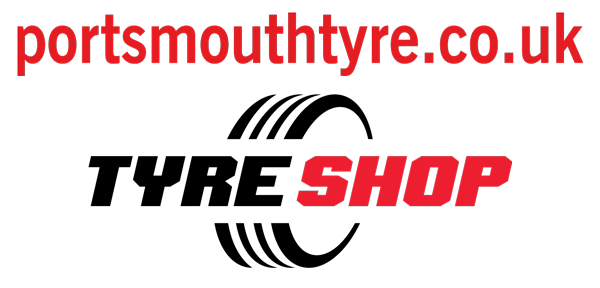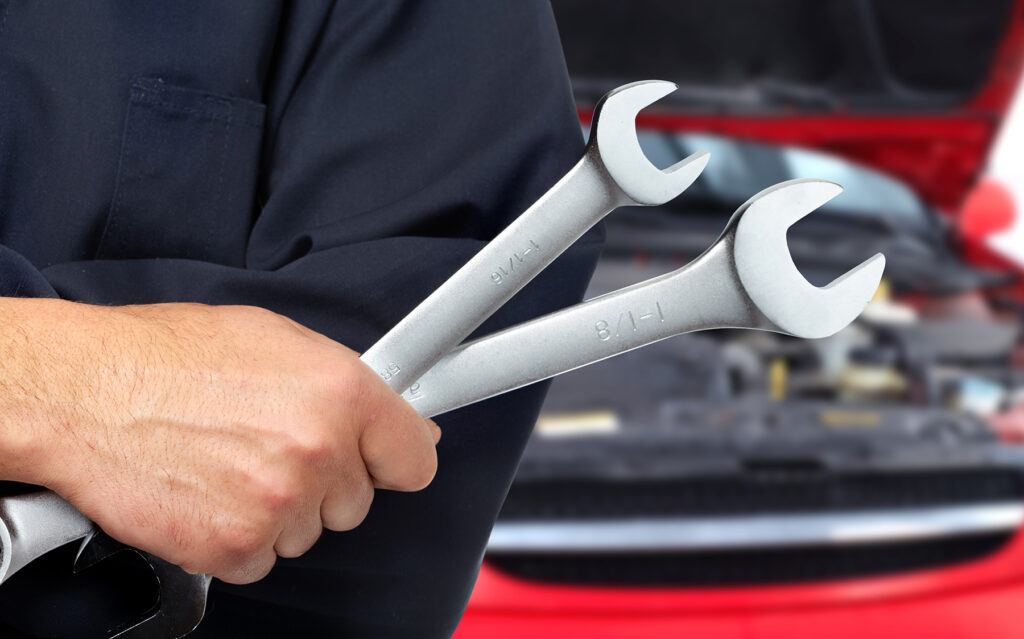After your MOT test, if all went well on the day, you should receive an MOT test certificate. This certificate confirms that your vehicle meets the minimum safety standards required by law at the time of the test.
The MOT test certificate contains information about your vehicle, including its make and model, registration number, and the date of the test. It will also show the results of the test, including any advisories or failures. If your vehicle fails the MOT test, you will not receive a certificate.
It’s important to keep your MOT test certificate safe, as you will need it to prove that your vehicle has passed its MOT test when you are renewing your road tax or insurance. You may also want to show your MOT test certificate to potential buyers if you decide to sell your vehicle.
Below is an example of an MOT certificate (VT20) with no advisories.
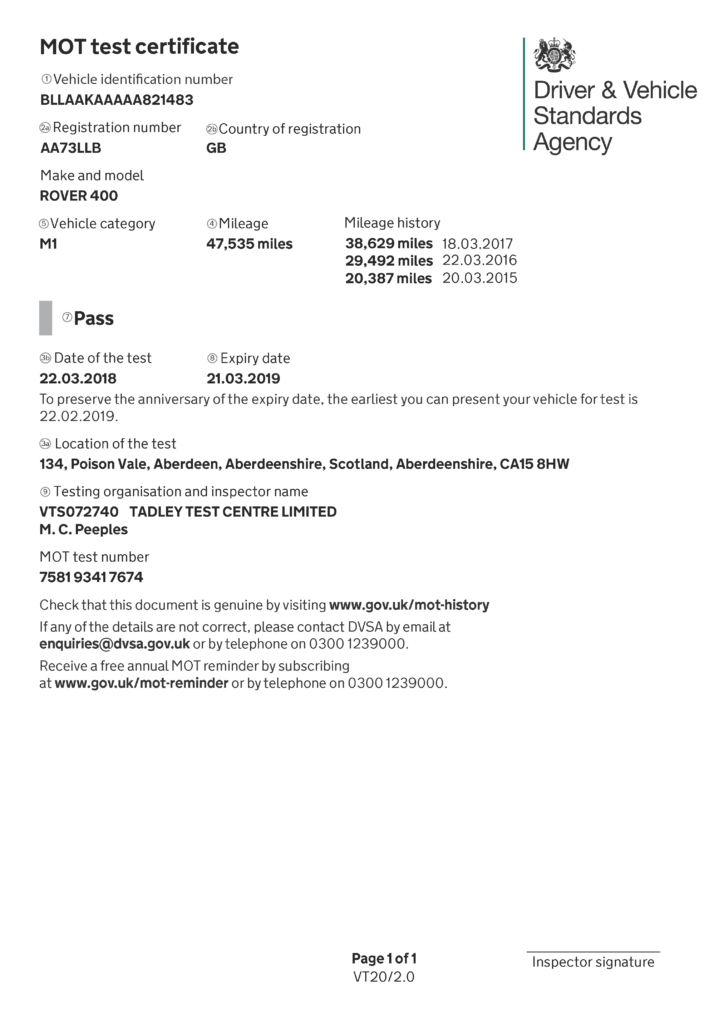
Below is another example of an MOT certificate but this time with a minor defect and advisories.
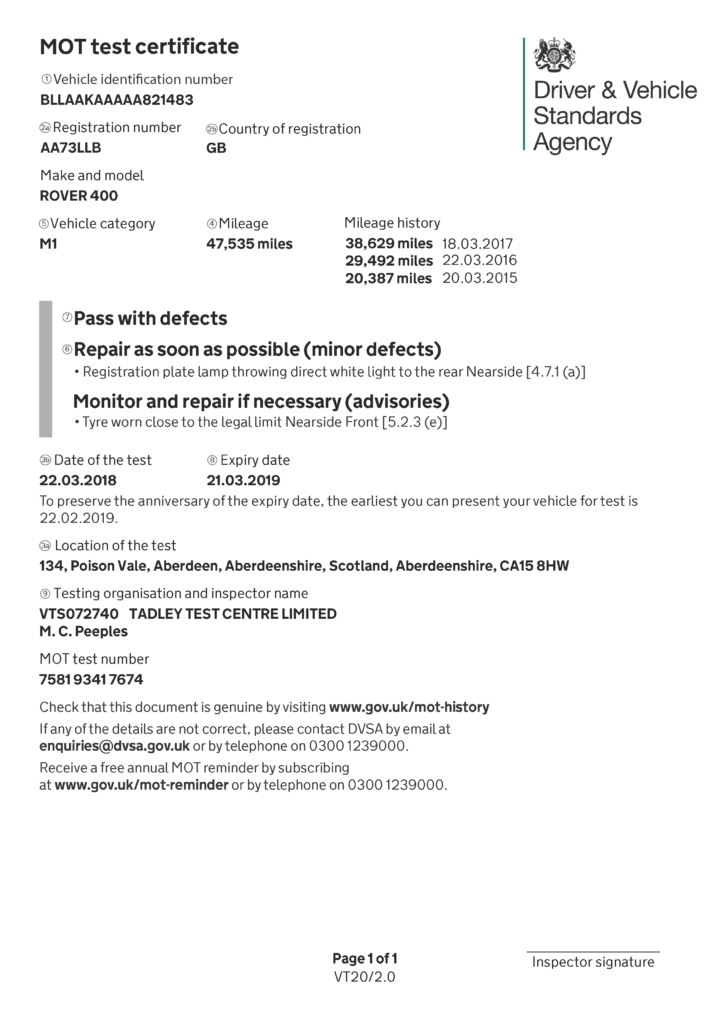
Although still a pass, the MOT has highlighted issues you may want to resolve.
Defects are categorised as either dangerous, major or minor.
The category the MOT tester gives each item will depend on the type of problem and how serious it is. They will also provide advice about items you may benefit from by monitoring. This may be items such as under-inflated tyres, fluid leaks, warning lights, braking issues or issues with headlight washers for example.
An example of a Refusal of MOT test certificate (VT30)
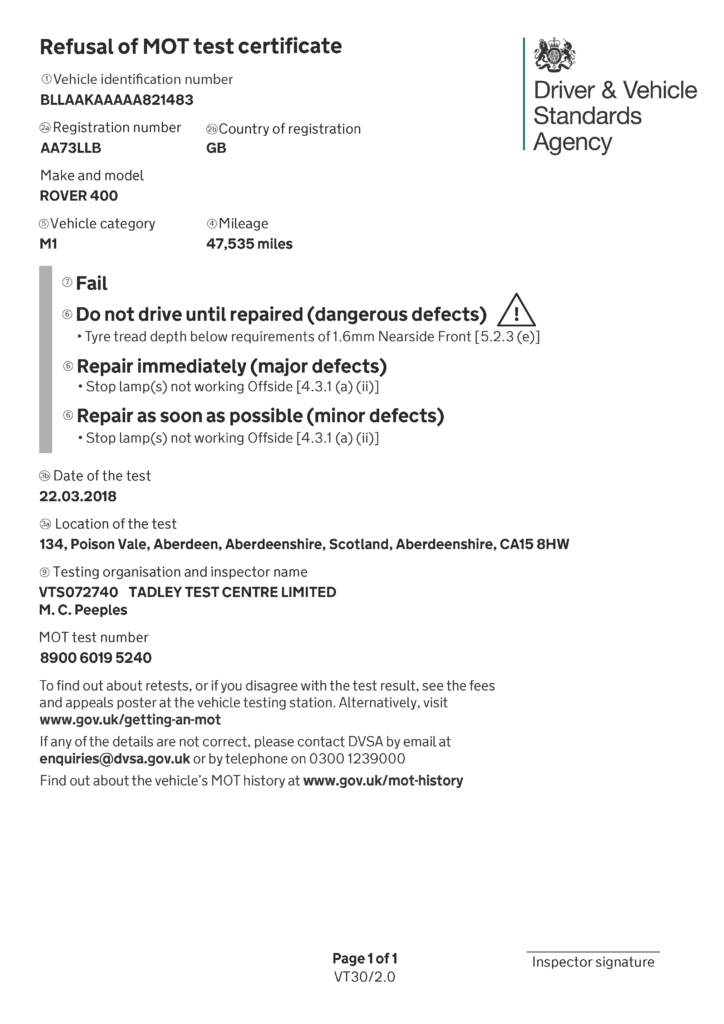
If your vehicle is deemed dangerous to be on the road, it will fail its MOT test. It is a good idea to address the defects before the vehicle’s next MOT test. Your MOT tester should be able to advise you.
